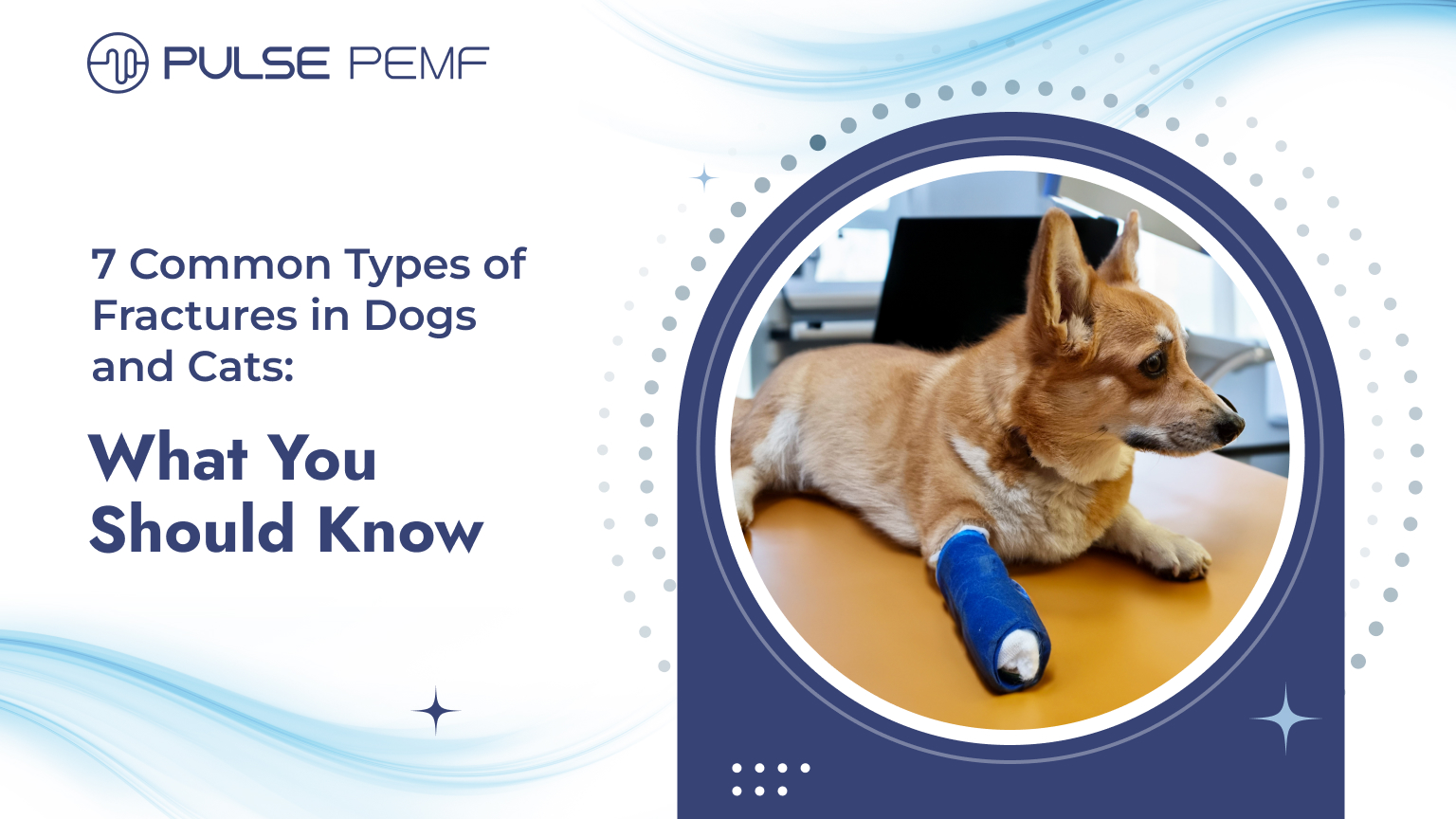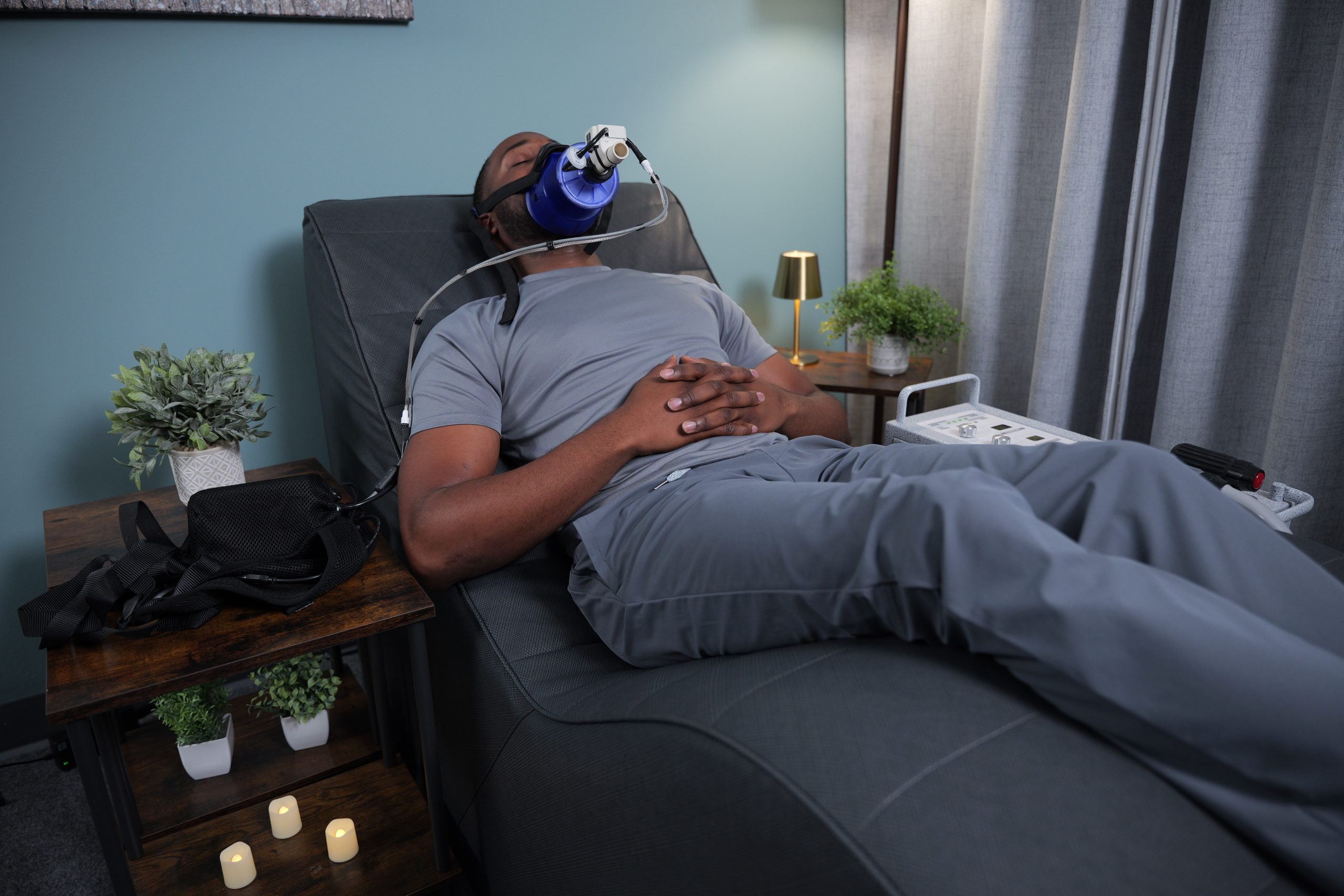Fractures are a common occurrence in dogs and cats, often resulting from accidents, falls, or injuries. Recognizing the different types of fractures and understanding the appropriate treatments can help ensure a full recovery for your pet.
This blog post will provide you with valuable information on the seven most common types of fractures in dogs and cats. We’ll discuss the symptoms, diagnosis, and treatment options for each type. By being informed, you can help enhance your pet’s recovery process.
Understanding Fractures in Pets
Common Causes of Fractures in Dogs and Cats
Different types of fractures in dogs and cats can be caused by various factors, including:
- Trauma: Accidents, falls, and fights are common causes of fractures.
- Degenerative bone diseases: Conditions like arthritis or osteoporosis can weaken bones and make them more susceptible to fractures.
- Nutritional deficiencies: Inadequate calcium or phosphorus intake can lead to weak bones.
- Congenital defects: Some dogs and cats are born with bone deformities or weaknesses that increase the risk of fractures.
- Tumors: Tumors can weaken bones and make them more prone to fractures.
Early detection and immediate veterinary care are crucial to avoid complications associated with fractures.
Symptoms of Fractures
If you suspect your pet may have a fracture, watch for the following symptoms:
- Pain and discomfort: Your pet may exhibit signs of pain, such as whining, yelping, or aggression.
- Limping or lameness: Difficulty walking or putting weight on a limb.
- Swelling and bruising: The affected area may be swollen or bruised.
- Inability to bear weight: Your pet may avoid putting weight on the injured limb.
- Deformity or abnormal limb position: The limb may appear twisted or deformed.
If you notice any of these symptoms, it’s important to seek veterinary attention immediately.
7 Common Types of Fractures in Dogs and Cats
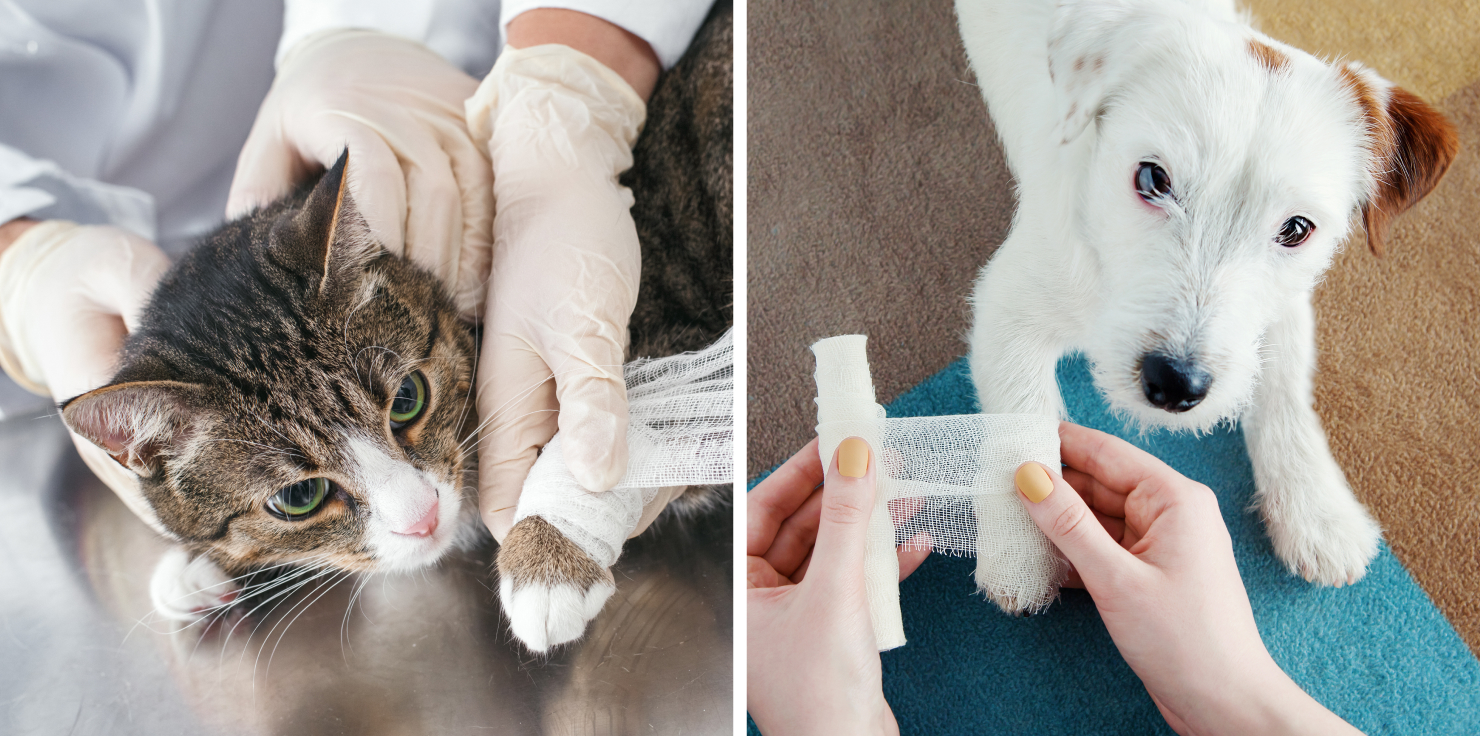
Here are seven common types of fractures in dogs and cats, along with their descriptions and typical treatments:
1. Simple Fracture
Definition: A simple fracture is a single break in the bone, without damage to surrounding tissues.
Treatment: Simple fractures are often treated with immobilization, such as casting or splinting. Rest is also essential for healing.
2. Compound Fracture
Definition: A compound fracture occurs when the bone breaks through the skin, increasing the risk of infection.
Treatment: Compound fractures typically require surgical intervention to clean the wound, realign the bone, and stabilize it using metal plates or screws.
3. Greenstick Fracture
Definition: A greenstick fracture is an incomplete fracture that occurs in young animals. The bone bends but does not break completely.
Treatment: Greenstick fractures are often treated with immobilization and rest to allow the bone to heal naturally.
4. Comminuted Fracture
Definition: A comminuted fracture results in multiple bone fragments.
Treatment: Comminuted fractures usually require surgical intervention to reconstruct the bone and stabilize it.
5. Avulsion Fracture
Definition: An avulsion fracture occurs when a fragment of bone is pulled away by a ligament or tendon.
Treatment: The treatment for an avulsion fracture depends on the severity. It may involve surgery or immobilization.
6. Spiral Fracture
Definition: A spiral fracture is caused by a twisting force that causes the bone to spiral apart.
Treatment: Spiral fractures often require surgery to realign and stabilize the bone.
7. Hairline (Stress) Fracture
Definition: A hairline fracture is a minor crack in the bone that is often caused by repetitive stress or overuse.
Treatment: Hairline fractures may heal on their own with rest and immobilization. However, it’s important to consult with a veterinarian to ensure proper diagnosis and treatment.
How Fractures Are Treated in Dogs and Cats
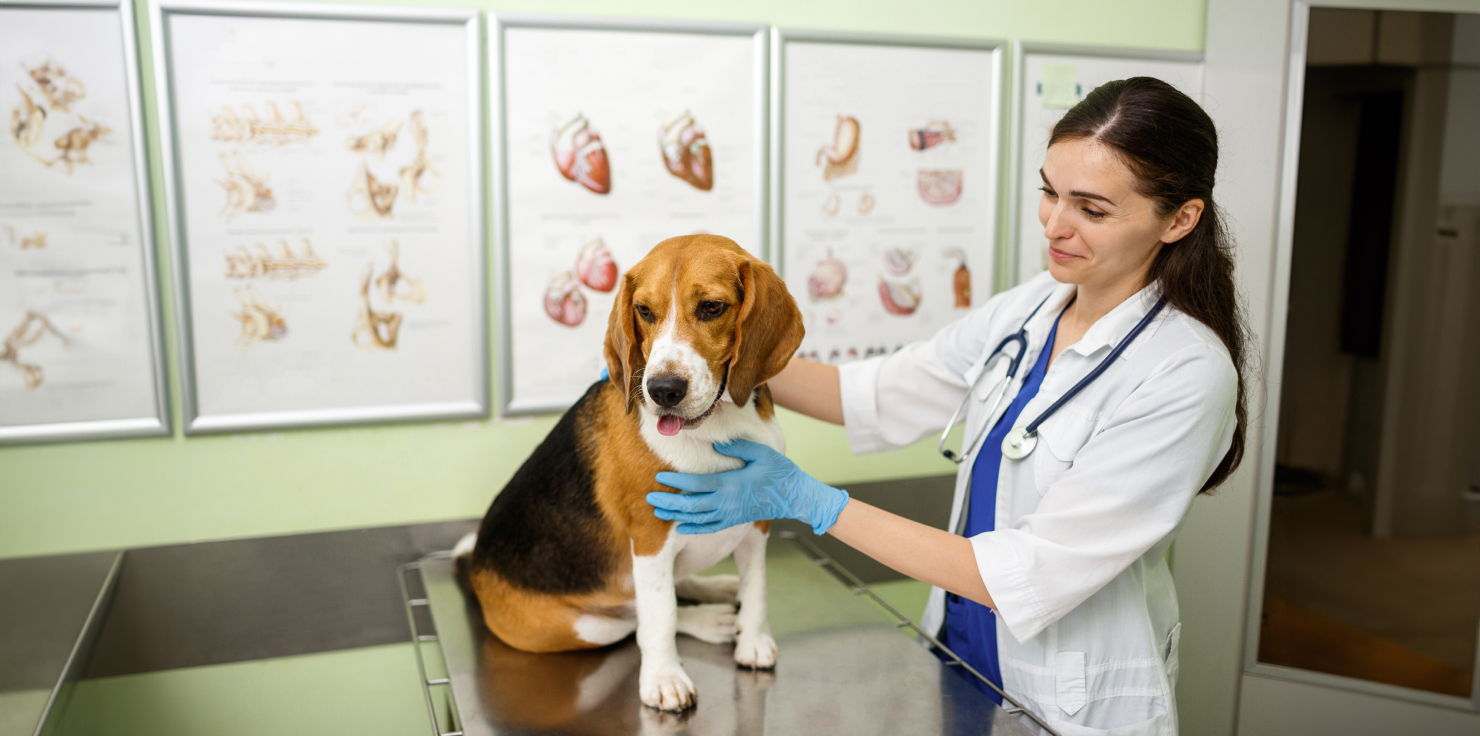
Immediate Steps After Injury
If you suspect your pet has a fracture, it’s important to take immediate action:
- Immobilize the limb: Gently immobilize the injured limb, if possible, to prevent further damage.
- Transport to the vet: Seek veterinary care as soon as possible. Avoid moving your pet unnecessarily to prevent further pain.
Veterinary Diagnosis and Treatment Options
Your veterinarian will conduct a thorough examination and may use X-rays or other diagnostic tools to determine the type and severity of the fracture.
Treatment options for fractures may include:
- Surgery: For complex fractures, surgical intervention may be necessary to repair the bone, clean the wound, and stabilize the fracture.
- Casting or splinting: Simpler fractures may be treated with a cast or splint to immobilize the injured limb and allow it to heal.
- Rest and pain management: Your veterinarian will provide instructions for home care, including rest, pain management, and any necessary medications.
Following your veterinarian’s instructions and providing your pet with the necessary care will help ensure a successful recovery.
Rehabilitation and Recovery After a Fracture
Post-Surgery Care
If your pet has undergone surgery to treat a fracture, it’s important to follow your veterinarian’s instructions for post-operative care. This may include:
- Keeping the wound clean: Prevent infections by keeping the surgical site clean and dry.
- Monitoring for infections: Watch for signs of infection, such as redness, swelling, or discharge.
- Restricting activity: Limit your pet’s activity to prevent re-injuring the fracture.
Physical Therapy for Recovery
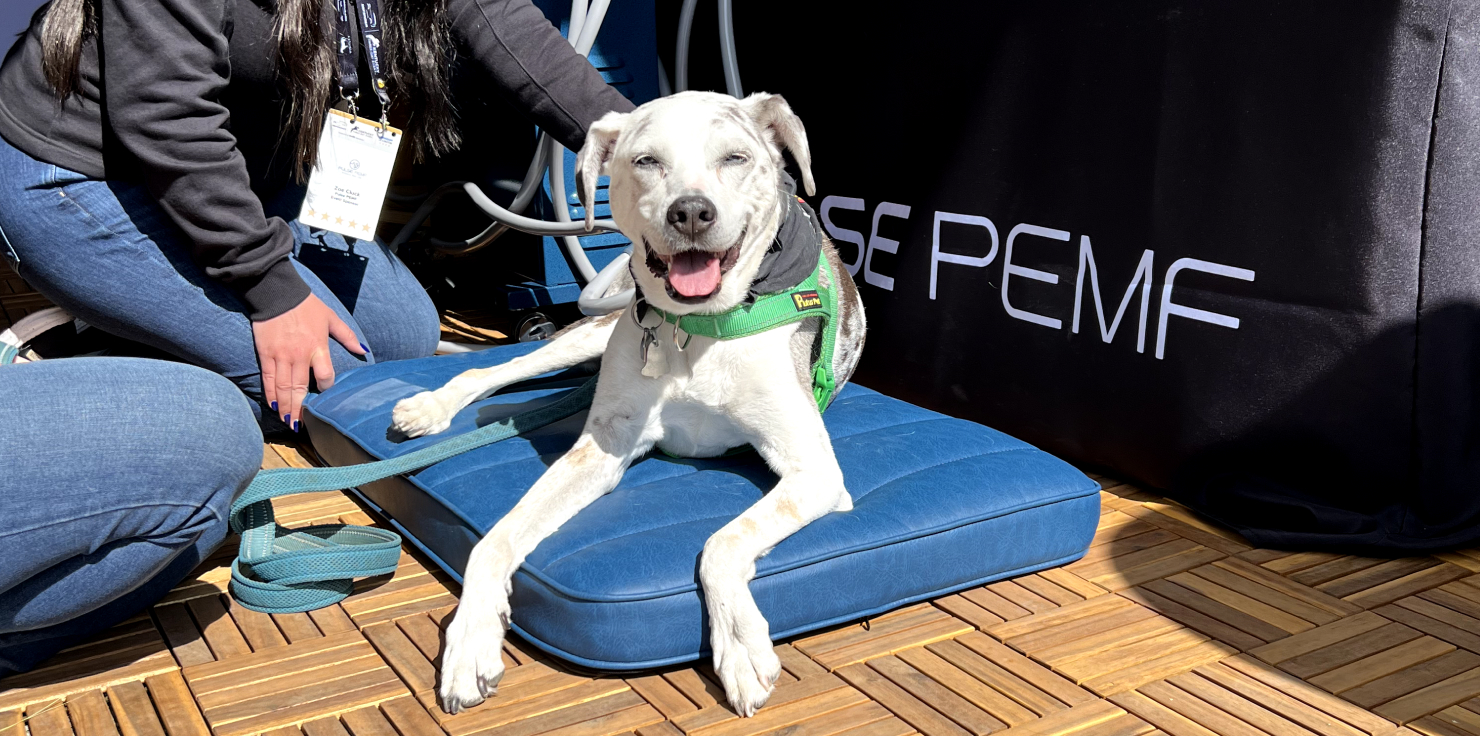
Physical therapy can play a crucial role in helping your pet regain mobility and strength after a fracture. A qualified physical therapist can develop a personalized rehabilitation plan to address your pet’s specific needs.
PEMF therapy for dogs and cats can be a valuable complementary therapy for improving recovery. However, it’s important to consult with your veterinarian to determine if PEMF therapy is appropriate for your pet and to discuss how it can be integrated into their overall health plan.
Monitoring for Complications
It’s important to monitor your pet closely for any signs of complications during the healing process. Some common complications include:
- Infections: Keep an eye out for signs of infection, such as redness, swelling, or discharge.
- Delayed healing: If your pet’s fracture is not healing as expected, consult with your veterinarian.
- Bone deformities: In some cases, fractures may result in bone deformities.
Regular follow-up visits with your veterinarian are essential to ensure proper healing and monitor for any complications.
Conclusion
Fractures are a common occurrence in dogs and cats, but with proper care and treatment, they can often heal successfully.
If you suspect your pet may have a fracture, it’s important to seek veterinary care immediately. Early intervention can prevent complications and improve the healing process.
Proper recovery and rehabilitation are essential for a full return to normal activity. Following your veterinarian’s instructions and providing adequate care will help your pet heal and regain their mobility.
A valuable addition to your pet’s recovery regimen may be PEMF therapy. To learn more, we encourage you to explore the many educational resources available on our website!

